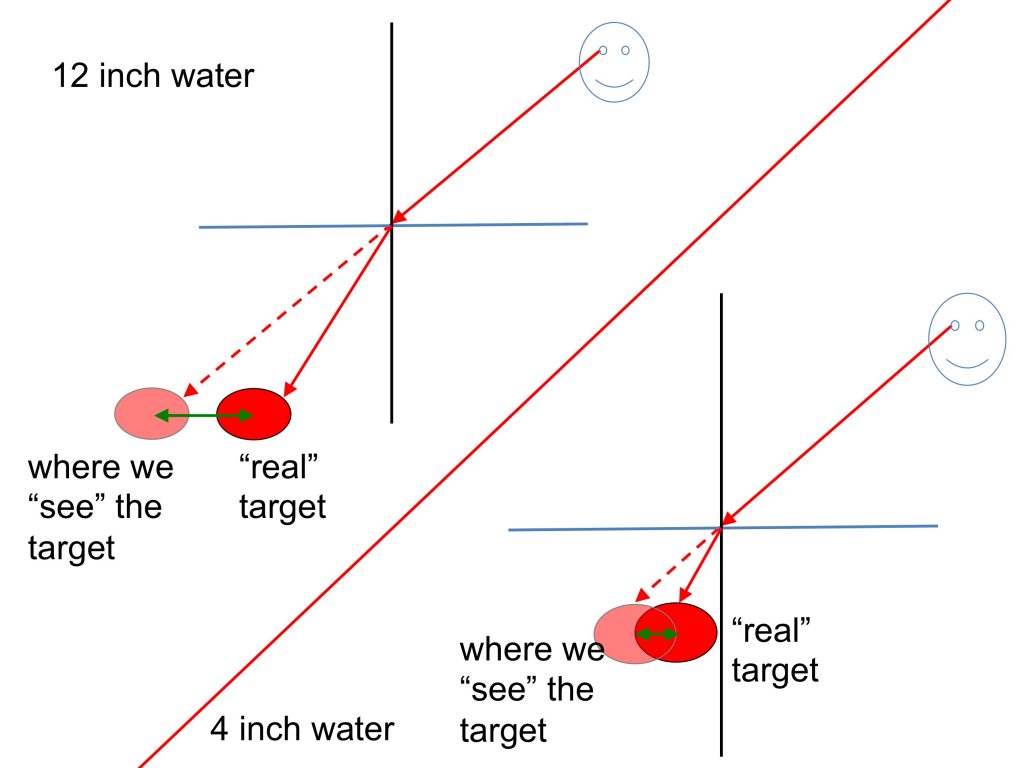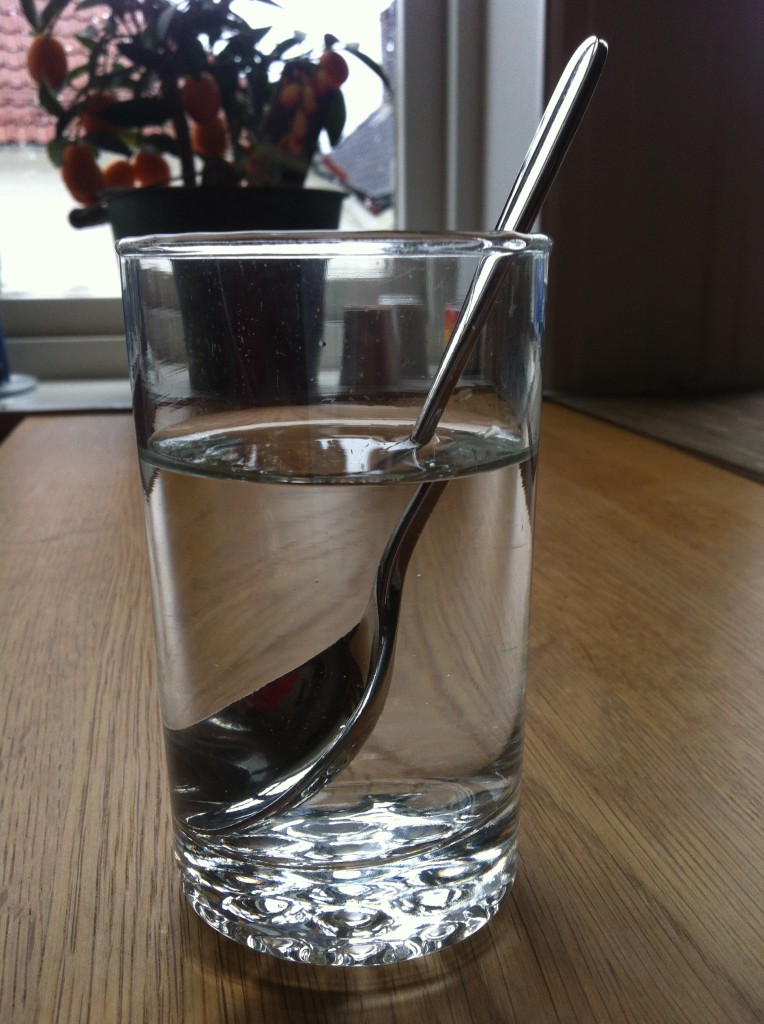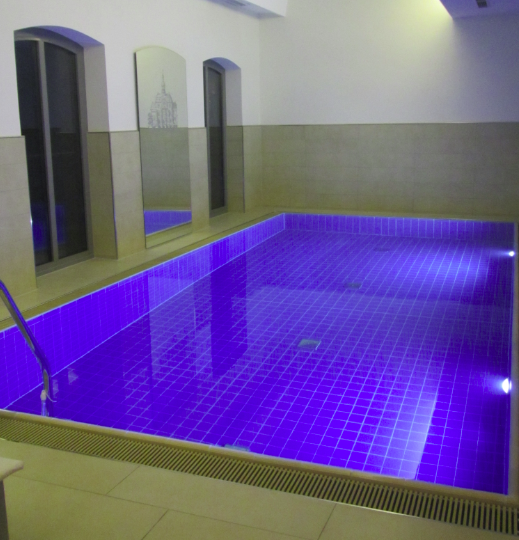
Refraction of light in water — looking at a couple of examples
Looking at how light gets refracted when it enters water is always fascinating. There are a dozen blog posts on the topic on this blog alone, but let me talk about it again today.
In a 1908 article, Charles Judd (as summarised in Barnett & Ceci, 2002) describes an experiment where kids throw darts at a target submerged under water. Half of the kids, in addition to practicing throwing darts, are taught about refraction of light in water. While all kids do equally well on the practice task, the kids that understand the physics do a lot better when the water depth was changed. Why?

When the water depth changes, the target appears to be located in a different position than before. With shallower water, the target we see is a lot closer to the real location of the target. So kids that did not understand why they had to aim at a position off the target they saw to actually hit the target had a much harder time adjusting the way they aimed than those kids who actually understood what had changed.
But refraction is always cool to look at, even without throwing stuff. Here a picture from one of my very first blog posts (still in my house in Norway).
Or from this blog post — a fountain in Sheffield:

Or a swimming pool in Lüneburg that appears a lot shallower than it actually is (from this blog post).
Or a table that gets completely deformed when seen through a glass of water (from this post).
Is it only me or do other people sometimes also draw optical paths just for fun? ;-)


